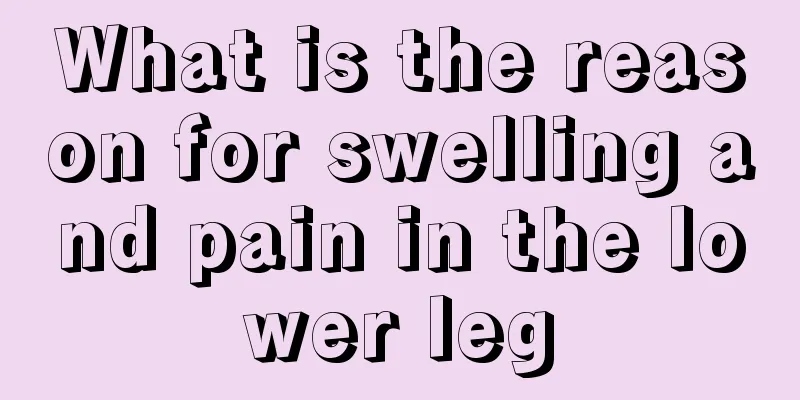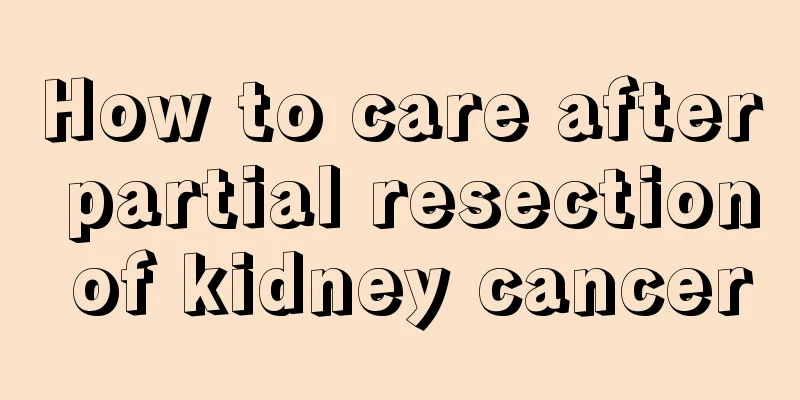What is the reason for swelling and pain in the lower leg

|
There are many reasons that cause swollen and painful feet. If pathological factors are not taken into consideration, it is very likely that people have been using the muscles of their calves for exercise for a long time, which leads to soreness after excessive exercise. In addition, it may also be caused by some diseases, such as poor local circulation, varicose veins and other diseases. The treatments for swollen and painful calves caused by different reasons are also different. I hope everyone can pay attention to it. There are many causes of swollen and painful calves, including poor local circulation, peripheral vascular disease or varicose veins in the feet. The ambient temperature changes suddenly. Inadequate amounts of minerals (such as magnesium and calcium) in the diet. The incidence of certain chronic diseases and pregnant women will also increase. Hypothyroidism, uremia, or other medical illnesses. Motor neurone disease, radiculopathy, or peripheral neuropathy. Some blood pressure and lipid-lowering drugs can also cause symptoms. Traditional Chinese medicine believes that calf fatigue and soreness are mostly related to qi deficiency. Traditional Chinese medicine believes that it may be caused by external factors such as wind, cold, and dampness, or by internal factors such as excessive anger, thinking, and fear, or by neither external nor internal factors such as excessive sexual intercourse, which damages the kidney's essence and qi, external injuries to the tendons and bones, and eating damp or cold foods that damage the spleen. Calf muscle pain may be varicose veins Calf muscle soreness may be caused by insufficient heart pressure and insufficient venous elasticity, making it difficult for blood to flow back to the heart in the lower limbs, leading to varicose veins in the lower limbs. There are many reasons, such as standing or sitting for long periods of time, lack of regular rest and exercise, lack of exercise of leg muscles, and poor cardiovascular function. Early symptoms of varicose veins The typical early symptoms of varicose veins are that the blood vessels in the affected limbs protrude significantly from the skin, are tortuous, and resemble earthworms. As the disease progresses, there may be swelling, fatigue, pain, or cramps in the calves. There may be discomfort such as swelling and pain in the calves, fatigue, heaviness, and itching of the calf skin. Symptoms may improve with rest or by elevating your legs. Varicose Veins Prevention Experts remind that the most important thing for people with varicose veins is to exercise more, especially exercises for the feet and legs, such as running, cycling, race walking, etc. It can improve blood circulation in the lower limbs and cardiovascular health problems. Avoid sitting or standing for long periods of time, and massage your leg muscles more often to help blood circulation. In addition, patients with varicose veins can wear tights and elastic stockings more often, which can help blood vessels contract and blood return. However, be careful not to sit in a chair for a long time while wearing tights and elastic stockings, otherwise it will cause poor blood circulation. Other causes and prevention of swelling and pain in the lower leg 1. Walking too fast can cause sudden calf cramps, which are followed by obvious muscle soreness. Prevention: Supplement more vitamin C. Whether eating fruits rich in vitamin C, such as oranges, kiwis, etc., or taking vitamin C tablets, can help maintain blood vessel elasticity and avoid calf muscle strain and pain. 2. Obvious collisions, kicks, and some chronic stress fractures can cause muscle damage, and the pain will take several days to subside. Prevention: When your calf muscles hurt, you can use anti-inflammatory analgesics or ice compresses or ice massage to relieve the pain. 3. Calf pain. Calf pain syndrome is common in poorly trained athletes, novices running on hard surfaces, long jump, etc., which is actually calf muscle pain. It is mainly caused by abnormal foot structure, excessive exercise or inappropriate running shoes. Prevention: To avoid causing muscle pain again, you can apply heat or massage your calf muscles before exercise, and relax tight muscles after exercise. When your legs feel weak, it is best to rest where you are. |
<<: What to do if you have bloating, stomachache and diarrhea
>>: How is dental fluorosis formed
Recommend
How to use sanitary napkins
Sanitary napkins are personal items that adult fe...
Can liver failure be cured
The situation for liver failure is relatively cri...
Can bronchial lung cancer cause pulmonary edema?
Can bronchial lung cancer cause pulmonary edema? ...
Experts analyze the causes of melanoma
With the increasing incidence of melanoma, more a...
What should I do if dye gets on my clothes?
We often need to use hair dye in our daily life. ...
Three-minute tips to relieve headaches
Headache is a common symptom. There are many reas...
Greater trochanteric pain syndrome?
Everyone wants to be healthy and does not want to...
Where should the alcohol bath be applied?
Everyone must be familiar with alcohol. When we s...
Six tips for coping with late spring cold weather and keeping healthy Who should pay more attention to late spring cold weather
Among the four seasons of the year, spring is the...
Treatment of metastatic lymphoma
Lymphoma is considered to be "the disease th...
How to wear myopia glasses correctly
There are more and more people with myopia, and m...
Family members need to pay attention to the care of patients with gallbladder cancer
The appearance of gallbladder cancer has brought ...
What should I pay attention to when taking glucosamine capsules
People's physical condition is getting worse ...
Does blushing after drinking alcohol easily lead to liver cancer? Tips for preventing liver cancer
Liver cancer is one of the most common malignant ...
How to wash a small octopus
Octopus, also known as octopus, is a common seafo...









